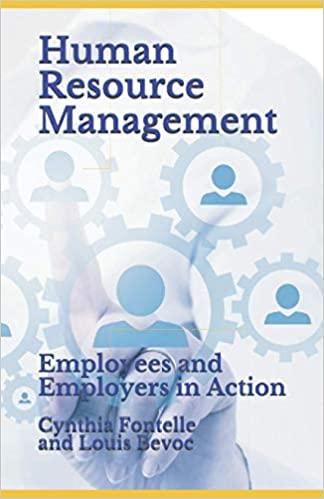Answered step by step
Verified Expert Solution
Question
1 Approved Answer
FORTE DAIRY Jamie Hyodo wrote this case under the supervision of Elizabeth M . A . Grasby solely to provide material for class discussion. The
FORTE DAIRY Jamie Hyodo wrote this case under the supervision of Elizabeth MA Grasby solely to provide material for class discussion. The authors do not intend to illustrate either effective or ineffective handling of a managerial situation. The authors may have disguised certain names and other identifying information to protect confidentiality. Ivey Management Services prohibits any form of reproduction, storage or transmittal without its written permission. Reproduction of this material is not covered under authorization by any reproduction rights organization. To order copies or request permission to reproduce materials, contact Ivey Publishing, Ivey Management Services, co Richard Ivey School of Business, The University of Western Ontario, London, Ontario, Canada, NA K; phone ; fax ; email cases@ivey.uwo.ca Copyright Ivey Management Services Version: A On October Ruth Klahsen, owner and head cheese maker of Monforte Dairy Company LtdMonforte in Stratford, Ontario, was driving home after another long day at the dairy. With little traffic, she reflected on how close Monforte had come to closing down operations the past year, and how nice it was to finally be back on track. Klahsen knew cheese production would be slowing down with the arrival of winter, so there would be more time to think about Monfortes future and its place in the community. She had a host of great ideas, but financial constraints would limit the number she could implement and how quickly they could be put in place. Klahsen shuddered to think of how Monforte had barely survived in fiscal and she wanted to avoid a similar situation in the future. MONFORTE DAIRY COMPANY History January to June Monforte Dairy Company Monforte was established in January as a partnership shared by Ruth Klahsen and Sebastiano Monforte. Klahsen, who funded the startup costs, was in charge of sales. Monforte had prior experience as a cheese maker and was in charge of operations. Six months later, the partners differences became insurmountable, and Monforte left the company. By this time, almost all the startup money had been used to build inventory, but when Klahsen tested the cheese, she found that it was contaminated and potentially unsafe to sell, so she was forced to throw it out. to January Klahsen proceeded to teach herself how to make artisanal cheeses. She set up a pricing model similar to that of restaurants, operating transparently with a restaurantstyle pricing model: per cent of the price covered food costs, per cent covered labor costs, and per cent covered fixed costs, leaving a percent profit. By sticking to this pricing model, Klahsen ensured that Monforte paid fair wages, bought its raw materials at fair prices, and customers understood exactly how each dollar was allocated. By maintaining a presence at farmers markets and gaining significant media coverage, including an appearance on CBCs Dragons Den Klahsen managed to build significant brand awareness, slowly recovering from the companys rocky beginnings. These efforts resulted in the doubling of sales every year until Monforte reached almost $ million sales in fiscal February An Unfavorable Lease In February Monforte walked away from a new lease offer from the former landlord, who wanted to more than double the current rent. Klahsen wanted Monforte to buy its own building, but the company had inadequate capital to purchase land, and its already highly leveraged position, along with its low target profit margins of per cent, were insufficient for banks to risk financing the company. Having already put everything she had into propping up the company after her business partner left, Klahsen could not draw upon any further personal assets. Klahsen decided the most feasible way to raise capital for the company would be through a Community Shared Agriculture CSA initiative. This microfinancing model had proven successful in the past for many farmers and worked by asking customers to prepay for future goods. Klahsen told Monfortes customers of its current situation and asked them to pledge either $ $ or $ in exchange for cheese vouchers worth more than the initial investment, which could be used evenly over a fiveyear period starting in when the new dairy would be completed and operation
Step by Step Solution
There are 3 Steps involved in it
Step: 1

Get Instant Access to Expert-Tailored Solutions
See step-by-step solutions with expert insights and AI powered tools for academic success
Step: 2

Step: 3

Ace Your Homework with AI
Get the answers you need in no time with our AI-driven, step-by-step assistance
Get Started


